While working on my bark bread idea, I had another idea about using the wood as ingredient in the bread. Basically mixing the sawdust into the dough, thereby reducing the caloric value of the bread. Very helpful if you want to lose some weight. From my experience with bark bread I know that this can strongly influence the taste, making it really strong and not enjoyable by a lot of people. Eating sawdust can leave a bad taste in your mouth – literally.
So the sawdust used for bread should come from a wood which has a mild taste. From my experience, spruce, pine, chestnut and oak are definitely not the right candidates. For other types of wood some research is warranted, personally I would start with birch or something similar. But then as an afterthought it occurred to me that maybe the taste is not the main problem.
Is it really good to stuff your intestine full of particles that do not degrade? What really happens with them? When and where (if ever) do they come out? Do they get absorbed? Can they interfere with the intestine in any other way, like physically blocking something? Basicly, can we eat sawdust without harm? Suddenly losing weight with sawdust was not so appealing anymore. Some further research was definitely needed if eating sawdust is viable. What will happen with it?
REALLY SMALL SAWDUST PARTICLES
Well, it is my firm belief that particles do not get absorbed from the intestine. Not even the tiny ones, measuring only fraction of a human hair (i.e. nanoparticles). Well, one or two might pass, but in the big picture most of them stay out. There is some conflicting scientific literature about the subject – as always.
First quick method to evaluate this is fairly simple. Just approximate the number of articles published in established scientific journals that deal with this phenomenon. Not every article published on the net counts. Not even this one, since the variation is already huge within the scientific literature. And with the internet it is enormous, and – sadly – tends to lean to the hype side. There are not many articles describing the absorption of intact particles into the body what is already a strong signal that this is not a normal occurrence.
As a matter of fact, getting such small particles into the body is a subject of intensive research and interest – although there is no great improvement – as summarized in this book (page 508). There are some interesting articles – for instance this article shows that only a small fraction (below 1 %) of really small particles (smaller than 2 nm – that is 50000 times smaller than hair diameter) passes into the body when given to rats. If particles are bigger – for instance 500 times smaller than hair diameter – they do not pass into the body when ingested.
Even variation in the charge of the particles has no bigger effect, so it is fairly safe to say that a negligible amount of small particles pass into our body, even when we eat a lot of them. This also stands to reason. Our environment is definitely full of really small particles, although their amount is still debated or unknown. As stated in this article dealing with cars and their contribution to small particle pollution. And since they are found everywhere and usually stick to everything, we for sure regularly eat them with our food. Therefore it is logical that our body has mechanisms or is designed in such a way that this particles do not pass into our body.
Next possibility is that this really small particles stick to our gut and block the absorption or interfere in any other way. And this little particles really like to stick to stuff. However, the gut surface is rapidly renewing by shedding old cells from the surface, which would remove also tiny particles sticking to them (this particles are at least 1000 times smaller than the gut cells). Again, this stands to evolution reasons – you need to have a system in place to remove unwanted things sticking to your gut.
Simply put, our body has adjusted to dealing with the really small particles throughout our evolution. Nevertheless, the world of really small particles is really complex and not fully elucidated as stated here. Although we can say that the particles need to be really small to actually get through. Further, toxicity is not a major concern, especially if we count for the fact that only relatively harmful materials are currently under investigation. Really small sawdust particle should therefore pose no problem. And to be fair, such small particles are not usually present in the sawdust.
JUST SMALL SAWDUST PARTICLES
OK, let’s go on. If the really small particles do not get absorbed in great quantities, chances are fairly low for small or even larger particles to be absorbed. But they can maybe cause other unwanted effects in the gut – for instance they block the absorption of the important things like nutrients or interfere with the intestine in another way (inflammation or irritation comes to mind).
First idea is not really – we eat a lot of indigestible material – and our ancestor ate even more – and we are still fine. This does make sense. Thinking further, we use barium salts (barium sulfate) as contrasting agent for the imaging of the intestine. The salts are insoluble, so they stay in the intestine and they are quite dense and therefore block the X-rays, providing a nice picture of the intestine. They do get all over the intestine – since they are relatively small particles and are suspended in water. If they do not mess with the intestine, then probably nothing will.
Just to confirm my theory, I did check the scientific literature. Funny, there were no instances of any severe problems for the last fifty years, since barium is used. Even more, it is practically still the method of choice as a contrast agent for different imaging techniques. So, if really small particles are not a problem, the small ones (which are usually forming sawdust) should be less so. Eating sawdust should therefore not be a major issue to our body.
CONCLUSION
Well, my little analysis is only a quick look at the subject and some logical thinking in this direction. There are definitely some in depth scientific articles out there (sadly not dealing with sawdust particles), that you should consider like this one and this one. But ultimately, ingesting indigestible particles seem to be relatively safe. And returning to my starting idea, sawdust particles should be even safer to ingest. Especially considering that they are something well known to our digestive system and that they will swell in the gut and therefore will be even less likely to cause problems. So, bon apetit! On to eating sawdust for weight loss!
Image credit: Amazing food
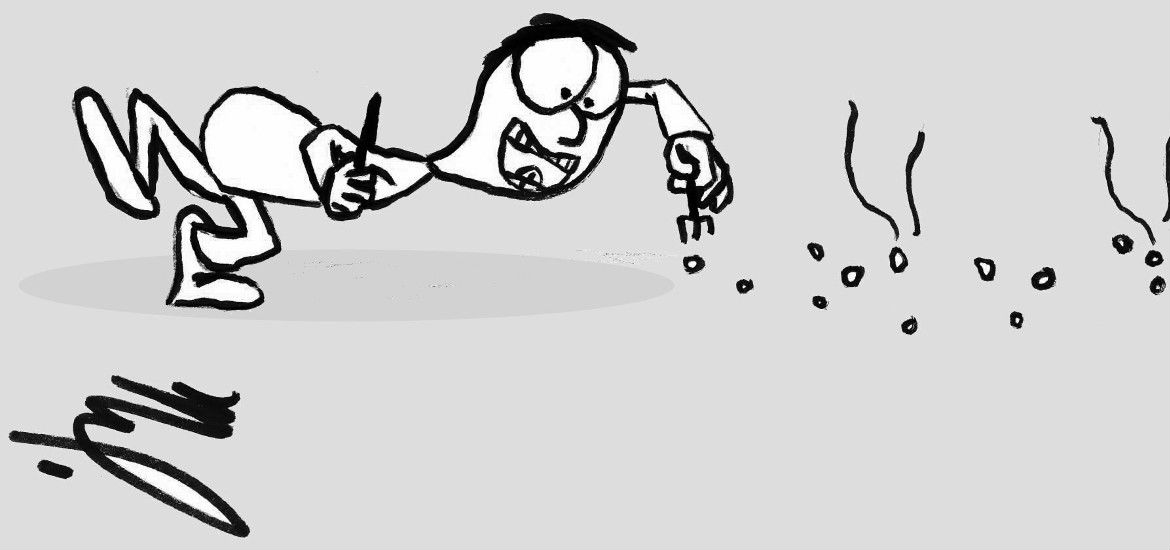
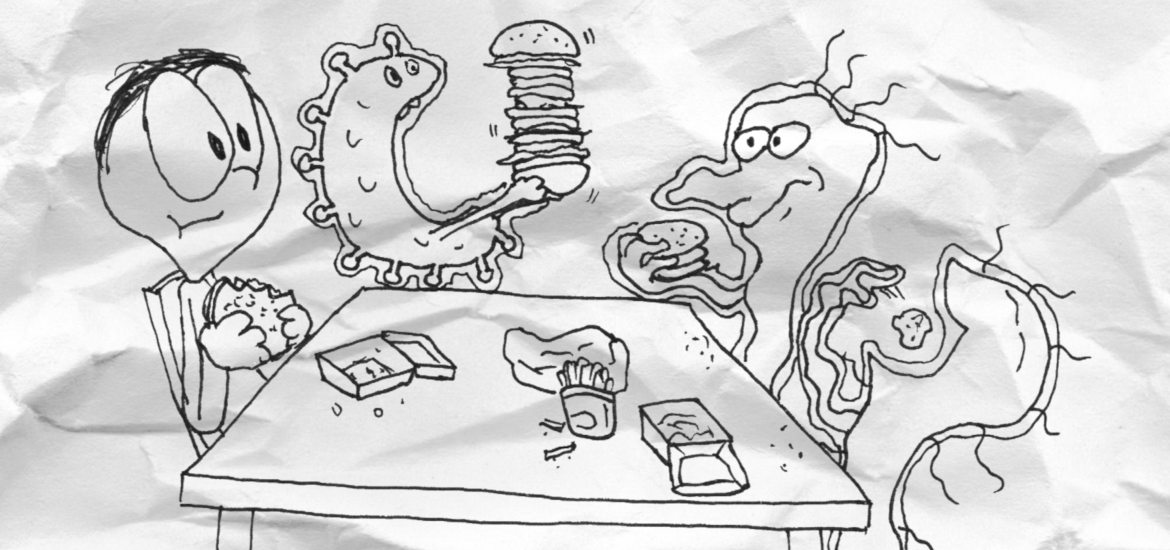
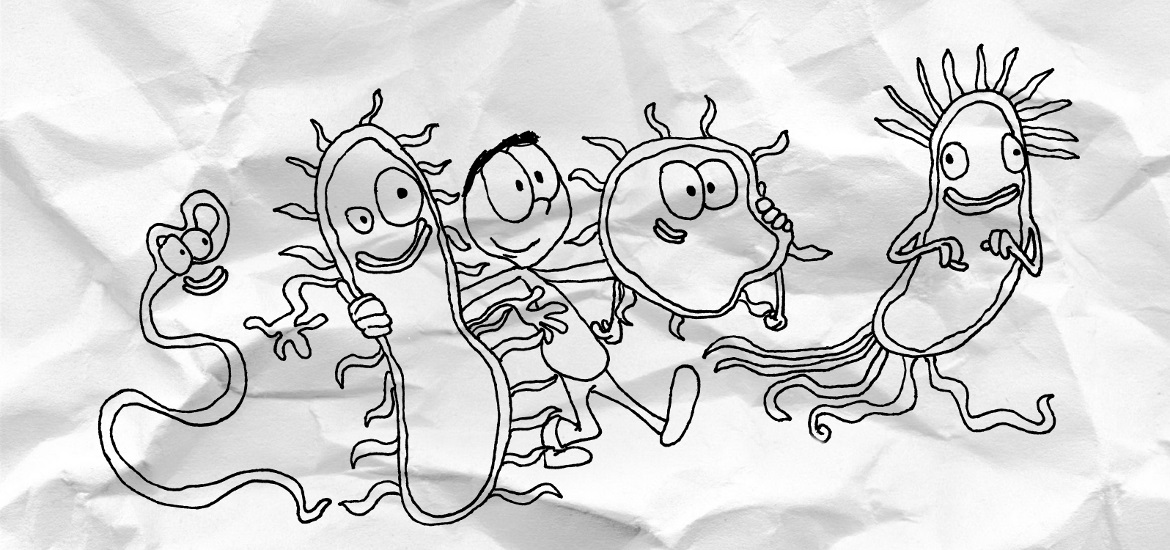
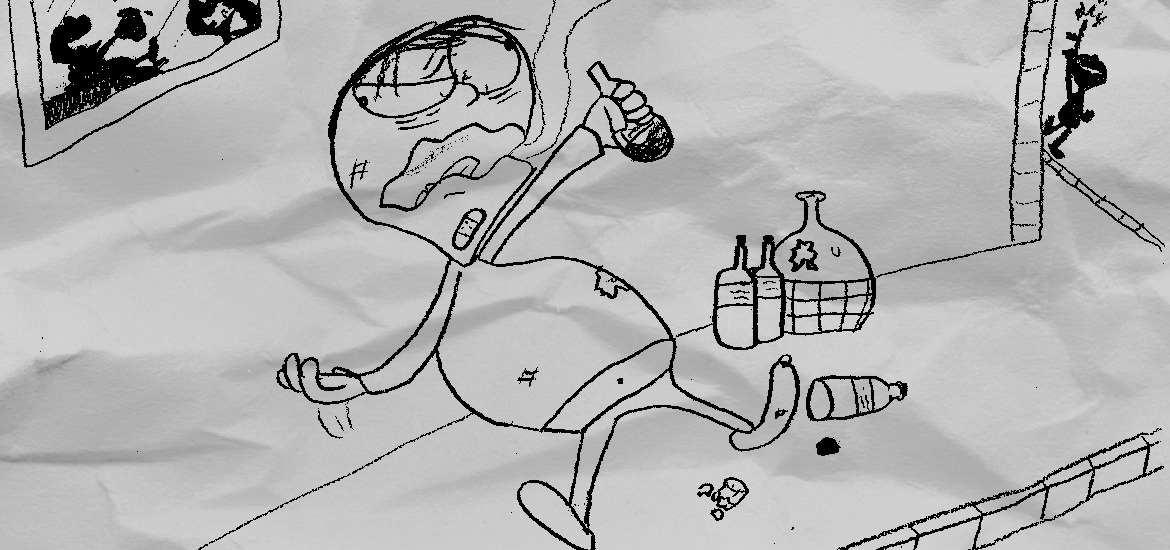
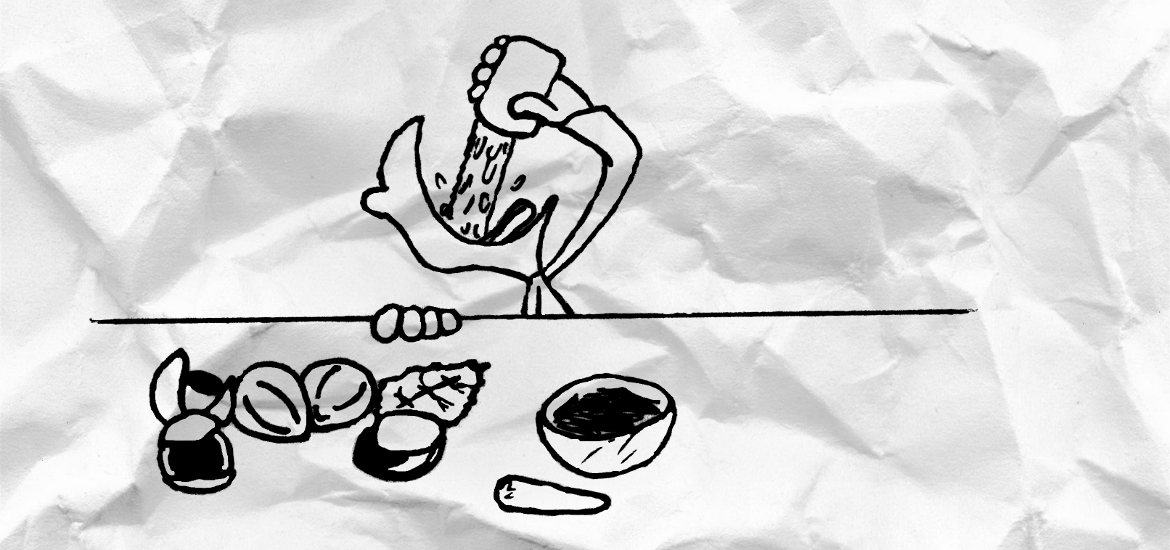
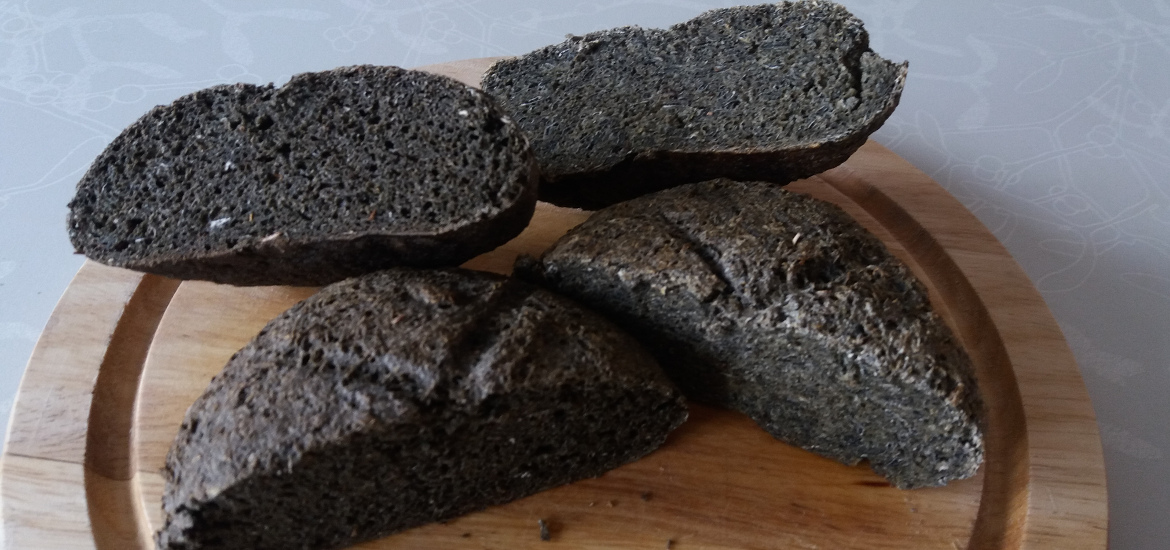
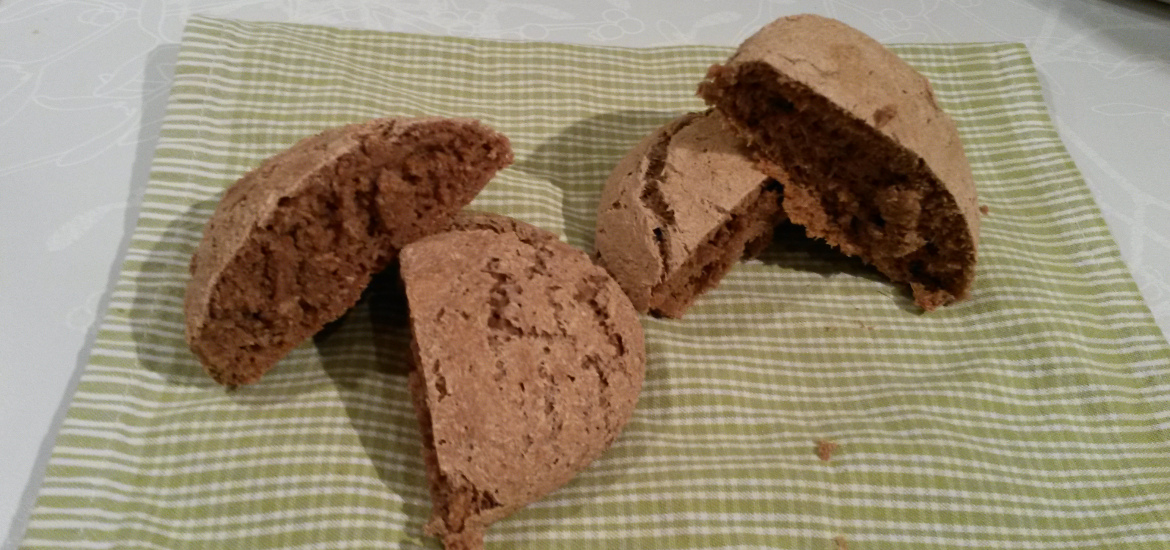
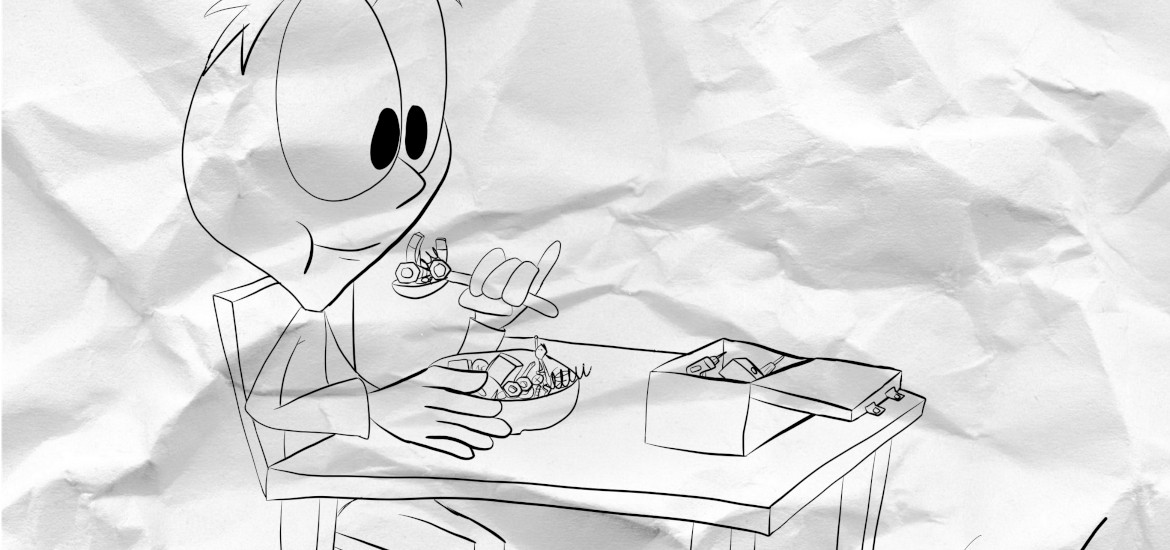
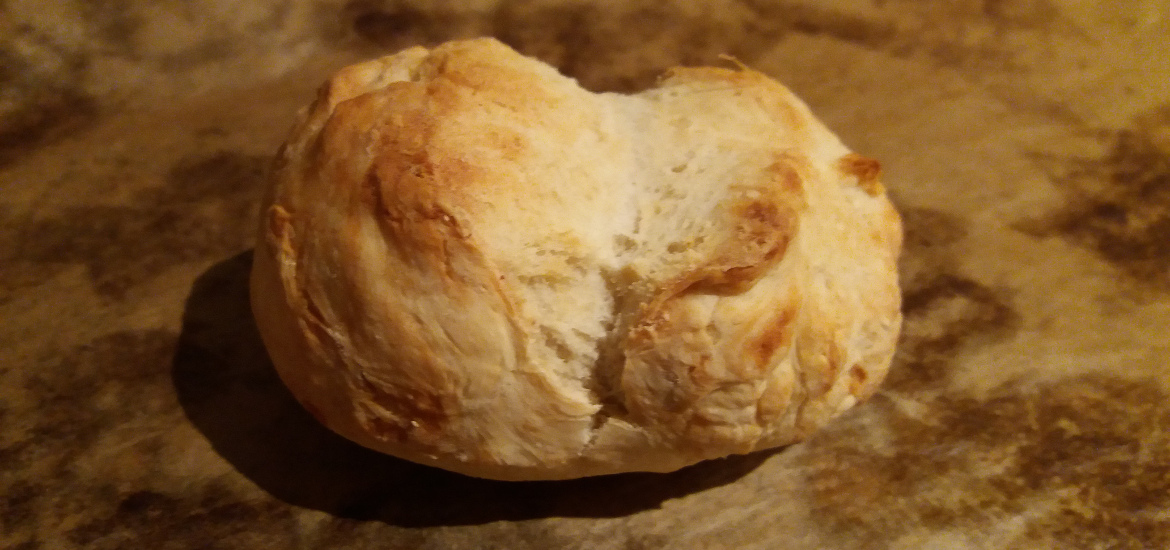
Do you mind if I quote a couple of your articles as long as I provide credit and sources back to your weblog? My blog site is in the exact same area of interest as yours and my users would definitely benefit from a lot of the information you present here. Please let me know if this ok with you. Thank you!|
How do you generate or acquire your food sawdust? You can get microcrystaline cellulose which might do the same thing without adding unwanted flavors. In the UK I can find it on eBay for £5 per kilo and I was considering adding it to oatmeal.
Yes, microcrystalline cellulose (MCC) is cellulose, which has been pretreated. It is definitely the safest thing to add as a filler in your diet. It is also regularly used in pharmaceutical products, therefore it is thoroughly tested. Otherwise I get my food sawdust by sieving actual sawdust – generated by manual saw, otherwise, there can be contaminants from the machine (e.g. lubricants).
My father told me that in Italy during the war some unscrupulous people would add sawdust to bread to bulk it up. He had eaten some of the bread like that.
Thanks for sharing – guess this happens often, when the flour is scarce 🙁